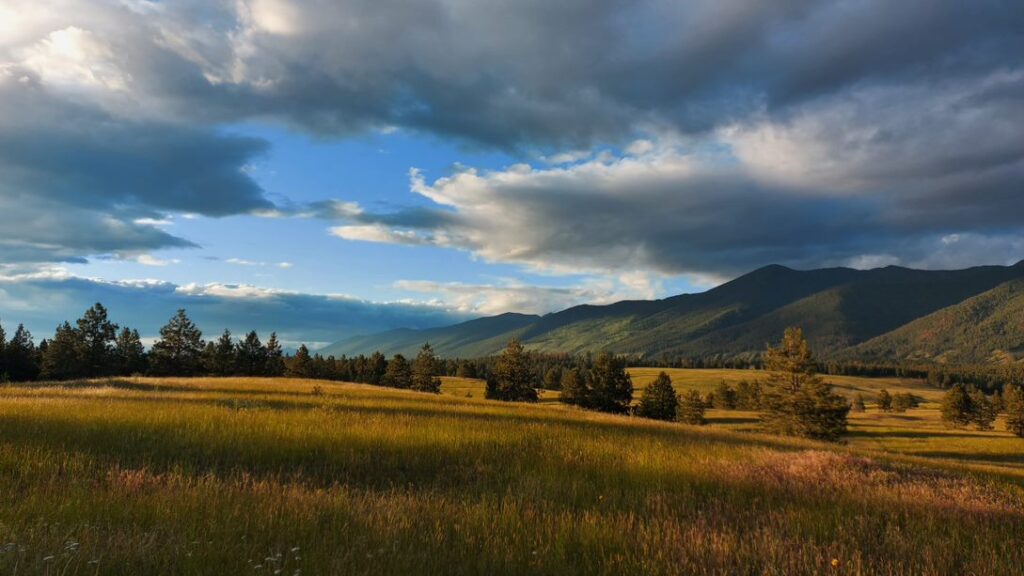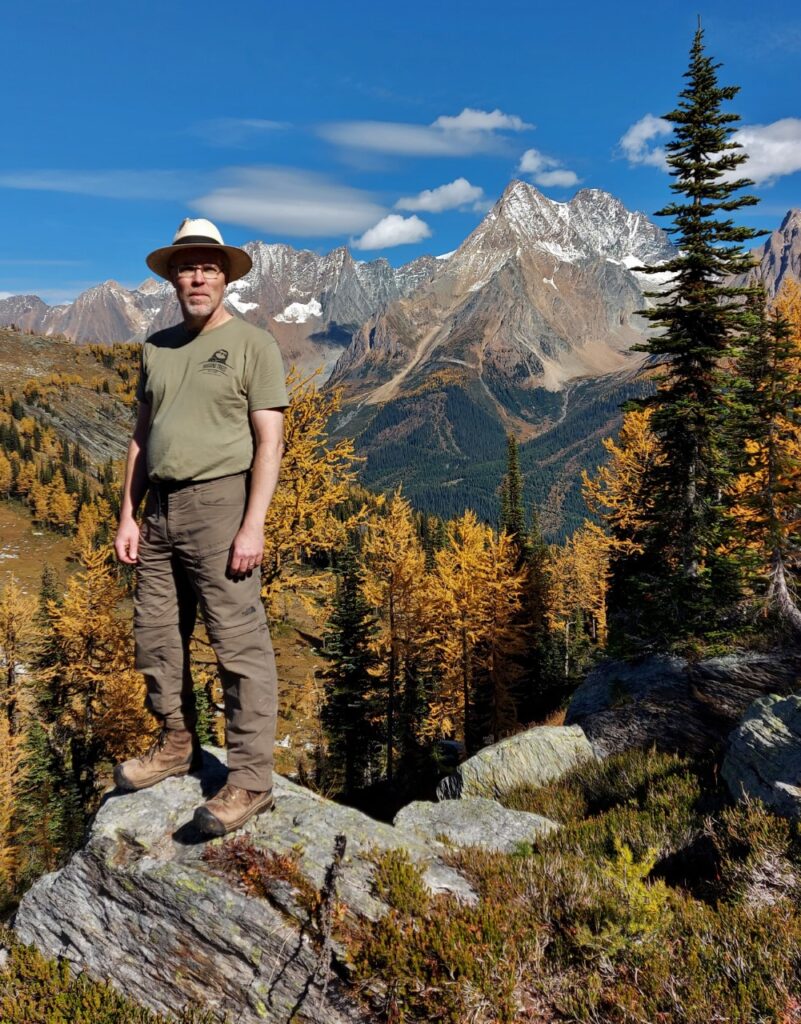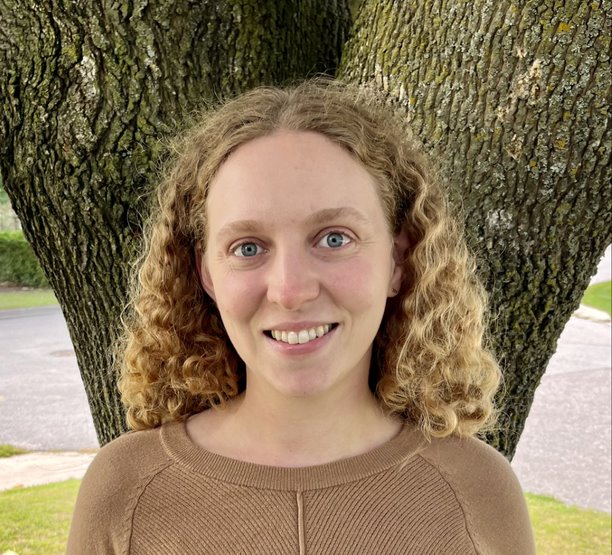Dozens of threatened, endangered and at-risk plants and animals are found across Canada, and two University of Guelph grads are playing a small but important role in ensuring they have a future.
Ian Adams and Robyn Rumney work for the Wildlife Conservation Society of Canada as Key Biodiversity Area (KBA) coordinators. From their respective bases in Cranbrook, B.C., and Midland, Ont., they identify potential areas for future protection.
A global initiative spearheaded by the International Union for Conservation of Nature (IUCN) and BirdLife International, KBAs contain important wildlife and biodiversity. Potential protected areas must go through several stages of local, national and international review before being designated.
“A KBA in Canada is a KBA in Ghana is a KBA in New Zealand,” said Adams. “It’s part of a global set of criteria so that it’s reliable and that regardless of where you are in the world, you know that it has reached certain levels in terms of global or national significance.”
But that doesn’t mean the area is necessarily protected. Rather, KBAs are “strictly an information layer,” Adams explains.
He, Rumney and other KBA coordinators across Canada gather and prepare data for groups to indicate an area’s ecological value. What those groups do next is up to them, says Adams, but they may choose to protect the space, via an Indigenous protected area or a provincial or a national park, or to simply manage it in a way that conserves its integrity.
That work hinges on data they access from various sources including various levels of government and apps like eBird and iNaturalist. With that information, Adams and Rumney can approach local naturalists, biologists, Indigenous communities and other stakeholders with their own knowledge of an area.
For instance, the Ojibway Prairie Complex and Greater Park Ecosystem, near Windsor, Ont., is well on its way to being nominated for designation as a KBA. The proposal is being co-developed with the nonprofit Wildlife Preservation Canada, which has biologists working on-site. They hope it could one day become a future national urban park, which could help protect the many rare and at-risk species at the site.
It’s an effort, Rumney says, “to maximize the impact of KBAs on protecting species and ecosystems,” ultimately tying it back to one of the greater goals of her and her colleagues’ project.
A celebration of past and future accomplishments
While their project maps potential KBAs, it “also celebrates areas that already have successful protection,” says Rumney, pointing to Long Point, Ont., or Trial Islands in B.C., which was Canada’s first KBA.
Both those sites and future KBAs highlight and advocate for at-risk species listed on COSEWIC (Committee on the Status of Endangered Wildlife in Canada), NatureServe, the IUCN Red List and more.
Take Yaq̓it ʔa·knuqⱡi’it, also known as Tobacco Plains, in B.C., where you might find Spalding’s campion, one of the rarest plants in Canada. Designating the area as a KBA, with the help of the Yaq̓it ʔa·knuqⱡi’it of the Ktunaxa Nation, can help raise awareness of the plant’s open forest ecosystem and rarity, says Adams.
“We know there’s a whole bunch of KBAs out there, and we haven’t scratched the surface yet,” he adds. “They’re ongoing, living documents that are a launching pad for ecology and conservation education.”
He and Rumney are well-versed in the process thanks to their studies at U of G.
U of G leads in ecology, conservation
Despite now being at different points in their careers, Adams and Rumney chose to study at U of G for similar reasons. One was the beauty of the campus, and the other was the University’s reputation in environmental sciences – something both say helped set them up for where they are now.
For Rumney, that came through the blend of theory and application in her bachelor of science in environmental sciences (at the Ontario Agricultural College) from 2012 to 2016. For Adams, it came during classes with Dr. Vernon Thomas, now professor emeritus, during wildlife biology studies (at the College of Biological Science) from 1985 to 1989.
“He really pushed a lot of people to consider the political side of things,” says Adams, who later completed a master’s degree in wildlife ecology in 1995.
Their current work connects them to U of G, too.
“A lot of the names that come up on the research papers as experts to consult are University of Guelph faculty or lab managers,” says Rumney, adding that she recently spoke with an expert who is using U of G’s DNA barcoding technology for their own project.
Adams remembers people thinking “you’re really going to do that?” when Dr. Paul Hebert, a professor in the Department of Integrative Biology and director of the Centre for Biodiversity Genomics, pitched the idea for this species identification technology. But, he adds, “it’s been wonderfully successful.”
“I’ve done eDNA projects in B.C., including one of the first where we identified streams and watersheds where the Rocky Mountain tailed frog occurs,” he said. “The ability to just extract DNA from water, from soil, from air… it’s just remarkable.”


